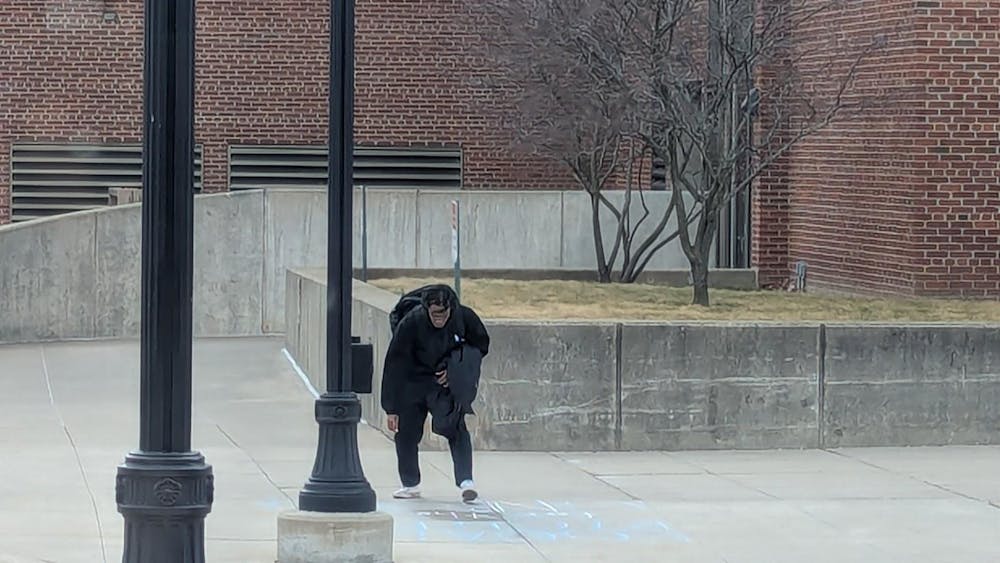A trio spent its summer shooting high-frequency waves at the sky. Fired from an advanced facility in Gakona, Alaska the waves stirred up Earth’s upper atmosphere, also called the ionosphere.
It was these simulated events that a team made up of a professor, a graduate student and an undergraduate wanted to study. The group, headed by Eastern Michigan University professor James Sheerin, has the objective to see how these changes in the ionosphere affect GPS and other forms of communication.
“One of the important problems facing both civilian and defense systems are the appearance of irregularities in the upper part of the Earth’s atmosphere,” Sheerin said. According to the professor, these problem areas have the tendency to interfere with GPS radio signals.
GPS (Global Positioning System) is the satellite-guided system people use for direction and guidance. Many travelers have them in their cars, others have them on their phones. According to Nargis Adham, the graduate student, the results of this research could also increase the efficiency of cell phones.
“Just like on a clear night, if you look at a star, a star twinkles because of irregularities in our atmosphere,” Sheerin said.
But this twinkle effect is not welcomed by scientists.
“In this way we can control them, and turn them on and turn them off and see how they grow and how they decay. And in this way we can learn about the fundamental processes going on in that region of our environment,” Sheerin said.
“The average person that gets on an airplane is counting on a GPS signal to give an accurate positioning of the craft, particularly when its landing. And let’s say that you’re off by about 15 feet. That kind of inaccuracy could be fatal if its 15 feet to the side of the runway and you stick your landing gear into the ground instead of on the tarmac.”
So to avoid this they imitate nature.
“And each time we get different data,” she said
According to Adham, the data can be different in the morning than in the evening or the time of year. This is why professor Sheerin’s crew visits the Alaskan facility on a regular basis.
“He takes his students there one to three times a year depending on funding,” Adham said.
The funding for the research comes from a joint Department of Defense venture between the Navy and the Air Force, Sheerin said.
“We’ve come to rely heavily on space for military systems,” he said.
“So for a number of [military] applications they are interested in the results of this type of research.”
The research the military has so much interest in takes place at the High Frequency Active Auroral Research Program (HARRP) facility in Gakona, Alaska. It was founded, in part, by professor Sheerin in 1990.
“There were a number of us that got together and made a number of contributions that launched it. I was just among a number of active researchers, playing their own role.”
A role destined to be continued considering communications’ importance in the world. And the research being done at the HARRP facility is no exception. According to Adham, it is one of the world’s most advanced facilities in the arena of radio wave research.
When the research is completed, and their work is published, others — probably the communications industry — will use this information to improve GPS systems, Adham said.
However, in order to truly understand the ionosphere, as well the other sections of Earth’s atmosphere, a multitude of students and professors visit the facility. The group from EMU simply decided to take the path of emitting high-frequency waves. Other groups might have used a different method.
But it is a long-term project. So every piece of data needed is not obtained at one time, and other stations will get different results.
“The thing that this research in Alaska has in common with the European facility is that they’re both at what we call high latitudes, they’re toward the Arctic Circle,” Sheerin said.
Meaning their results will be different from the facilities closer to the equator.
Nevertheless, research is ongoing and professor Sheerin hopes “it will provide results for many, many years even decades to come.”









